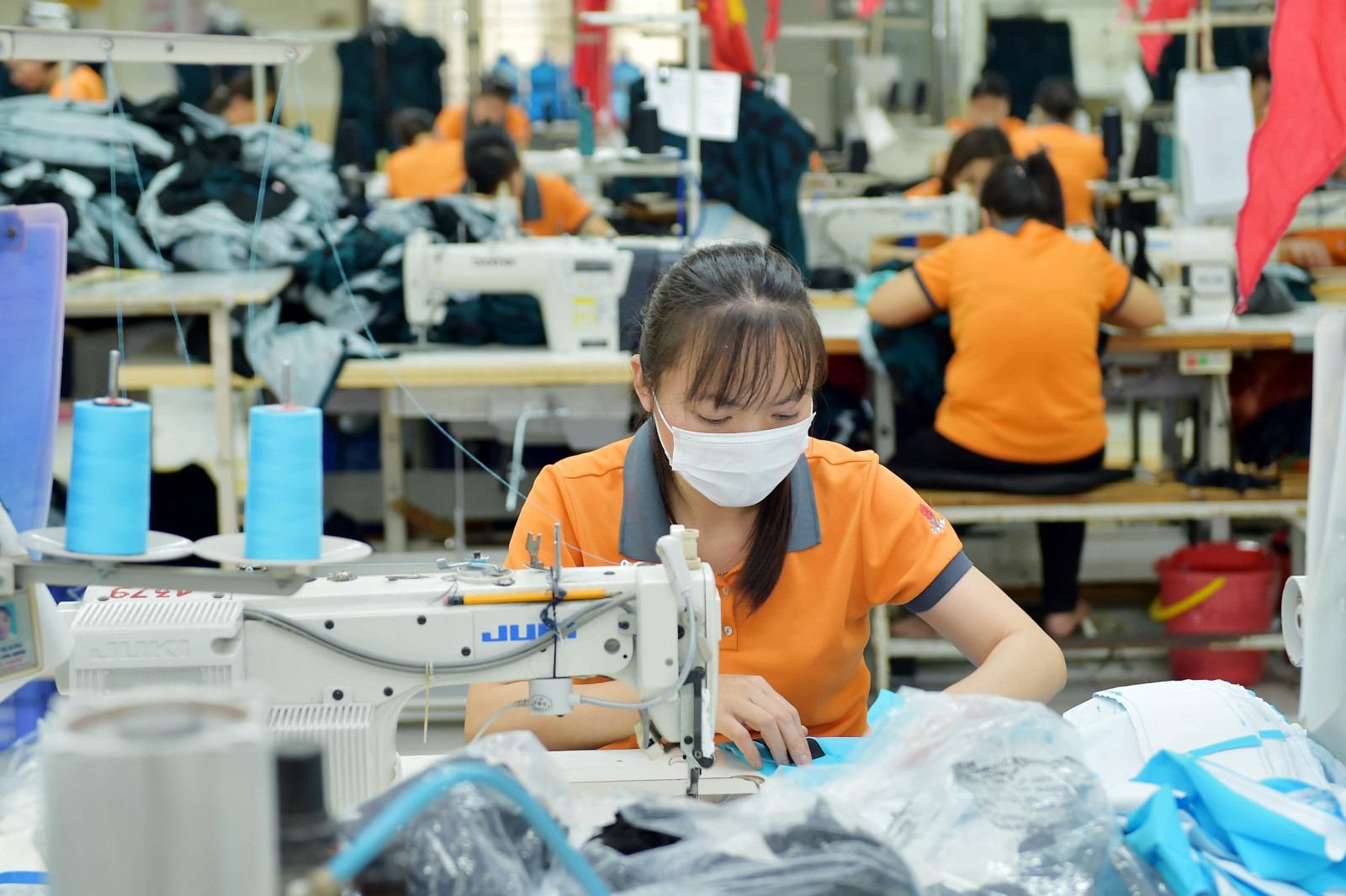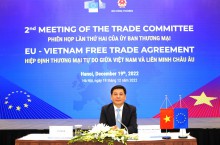The News
Australia Market Brief: Garment and Textile
In 2020-21, The Australian fashion and textile sector generated more than $27.2 billion to the Australian economy, approximately 1.5% of GDP (Australian Fashion Council - AFC, 2021). Export revenue was $7.2 billion, and the industry employed more than 489,000 Australians (AFC, 2021).
In 2020-21, The Australian fashion and textile sector generated more than $27.2 billion to the Australian economy, approximately 1.5% of GDP (Australian Fashion Council - AFC, 2021). Export revenue was $7.2 billion, and the industry employed more than 489,000 Australians (AFC, 2021). The Australian Fashion Council highlights that:
- More than 24,333 clothing retail businesses operate across Australia.
- Consumer spending on fashion items accounts for $25 billion annually.
- More than $6 billion in textiles, clothing and footwear products are generated annually.
- Export revenue of $7.2 billion represents 1.7% of all Australian exports (double the value of wine and beer).
The Australian Fashion Council report also shows that within ten years, the Australian fashion and textile industry has potential to deliver an additional $10.8 billion in economic gain, create an additional 86,000 jobs, and become a $38 billion industry by 2032. Short term projections indicate the industry has potential to generate an additional $1.3 billion, including $700 million from additional investment, $500 million in exports, and $100 million in private consumption and government expenditure.

In 2021, China dominated in textile and apparel imports by Australia, sharing 62.82 per cent in Australia’s total apparel imports of $7.382 billion. The other countries in top five suppliers were Bangladesh, Vietnam, India and Indonesia. According to Fibre2Fashion’s market insight, Considering Australian apparel imports during January-May 2022, China accounted for 63.15 per cent of total import of $2.726 billion. The other countries among top five suppliers were Bangladesh with 11.03 per cent share, followed by Vietnam with 6.1 per cent, India 3.53 per cent, and Indonesia 3.13 per cent
The Australian Fashion Council reveals more than a billion items arrive in Australia each year and Australians buy almost 15kg of clothes every year. A report by the Australian Fashion Council found the volume of Australia’s clothing imports dwarfs local production which is just 3% of the market. Australians buy 14.8kg of clothing, or 56 new items, every year, a new report has found, making Australia one of the highest consumers of textiles per capita in the world. The fashion industry added $27b to the Australian economy each year.
Australia has two types of standards: voluntary and regulatory (or mandatory). Mandatory standards include safety standards (e.g., children’s nightwear) and information standards (e.g., labeling). The Australian Competition & Consumer Commission - ACCC website contains information on mandatory standards, bans and recalls. The majority of voluntary standards are developed and published by Standards Australia (https://www.standards.org.au/).
All medical devices and health-related products must receive approval from the Therapeutic Goods Administration (TGA) prior to use (website https://www.tga.gov.au/).
See Australia’s current textile-related, mandatory standards on the Product Safety Australia website (https://www.productsafety.gov.au/product-safety-laws/safety-standards-bans/mandatory-standards)
For labelling, please refer to the standard AS/NZS 2392:1999 - Textiles - Labelling of clothing, household textiles and furnishings which specifies positions of attachment for permanent labels carrying the brand name, size or dimensions, care instructions, fiber content, country of origin and, for children’s nightwear and some daywear garments, the fire hazard classification.
Australia is also a resource-based country, with wool and cotton, the raw materials for textiles and clothing. Sharing preferential tariff system of common FTAs, this will be a high complementarity for Vietnam and Australia in trade of textile products in the coming time.

-cr-220x145.jfif)


